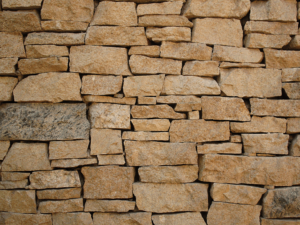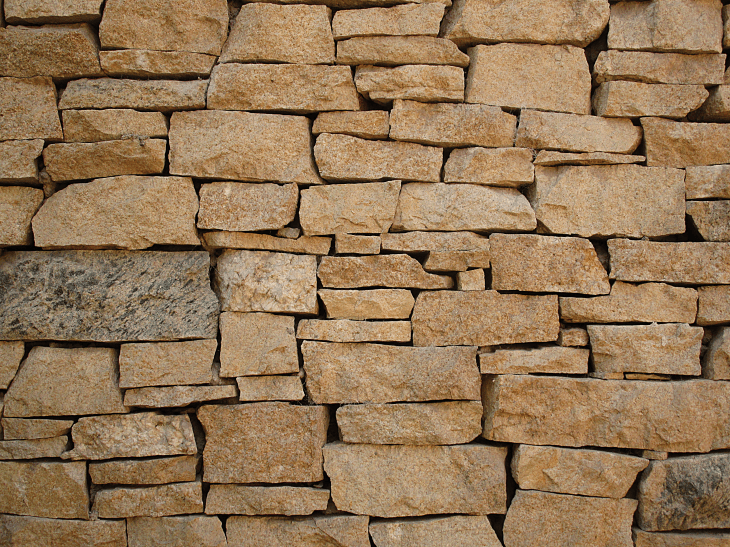Masonry is the process of building structures by laying separate units together in a mortar. These individual units are also called masonry blocks. They can be made of bricks, blocks of concrete, stone, or other materials. When used in combination, masonry blocks can produce a wide variety of architectural structures. Visit https://masonrycharleston.com/ for some of the most common examples of masonry structures.
Concrete blocks for masonry are a very versatile type of building material. They are rectangular in shape and can be used to create a variety of different looks. They can be used in both residential and commercial buildings. They are also extremely affordable, making them a very good choice for building projects. However, there are a few things to keep in mind before purchasing concrete blocks for masonry.
The first thing to consider is the amount of strength required for the structure. Depending on the size of the structure, the block may require a lot of strength, or it might just be lightweight. The next consideration is availability. Concrete blocks are used extensively throughout the country. They are also durable, resistant to moisture, and have different properties that make them ideal for different applications.
Concrete blocks for masonry can be a great choice for projects where you need a strong foundation. They are available in a wide variety of sizes and are typically gray, tan, or dark red. They are also easier to install than brick masonry. And because they are hollow, they don’t hold a lot of water.
In addition to their durability, concrete blocks are also available in a variety of shapes and sizes. Hollow concrete blocks have holes that take up about a quarter of their cross-section and are lighter than solid blocks. They are also fire-resistant and require less cement mortar. They can also be manufactured on-site. Finally, hollow concrete blocks can be dimensionally accurate and can be used for both load-bearing walls and partition walls.
As the popularity of concrete blocks for masonry continued to grow, producers were looking for ways to make them lighter and more portable. One way to make concrete blocks lighter was to replace stone aggregate with cinders, which were readily available and cheap. Unlike stone blocks, these cinders could be transported and used in many different types of buildings.
Hollow concrete blocks are used for building walls, partitions, and panels. They are also used in places where brick masonry isn’t practical, such as firepits. But they’re used more often for specialized purposes, like foundations and panel walls. In addition to being lighter, they are also stronger than bricks.
Concrete blocks can be manufactured using autoclaved aerated concrete. This type of concrete has inherent thermal insulation properties, which makes it an excellent option for cold climates. Another type of lightweight block is expanded clay aggregate. It is commonly used in the north and has the advantage of being a lighter material.
Concrete blocks for masonry represent a huge market. The strength and durability of these blocks vary, which makes them a popular choice for a wide variety of applications. BS 6073-2 (2008), the British Standard for precast concrete masonry units, deals specifically with these blocks. In addition to internal walls, they are also used to construct partitions and landscaping products.
Concrete blocks for masonry can be produced in various shapes and colors. This makes them more versatile than brick. Besides being lighter, they are also stronger and denser than bricks. This type of block also allows for a wide variety of aesthetic effects. They can be made as solid blocks, hollow blocks, or even curved blocks.
In order to use concrete blocks in masonry, you need to choose the right size. The size of these blocks should be based on the height and thickness of the mortar joints. For example, you can use an eight-inch high concrete block to match three rows of standard clay bricks. Similarly, you should choose a 16-inch-long concrete block for two brick lengths.
Concrete stretcher blocks are commonly used at the corners of masonry. These hollow blocks are laid parallel to the face of the wall. Similarly, corner blocks are used to connect the ends of the masonry. These blocks are laid on the wall and locked with a stretcher block. Another type of concrete block is called a pillar block. It is commonly used to construct piers and chimneys.
